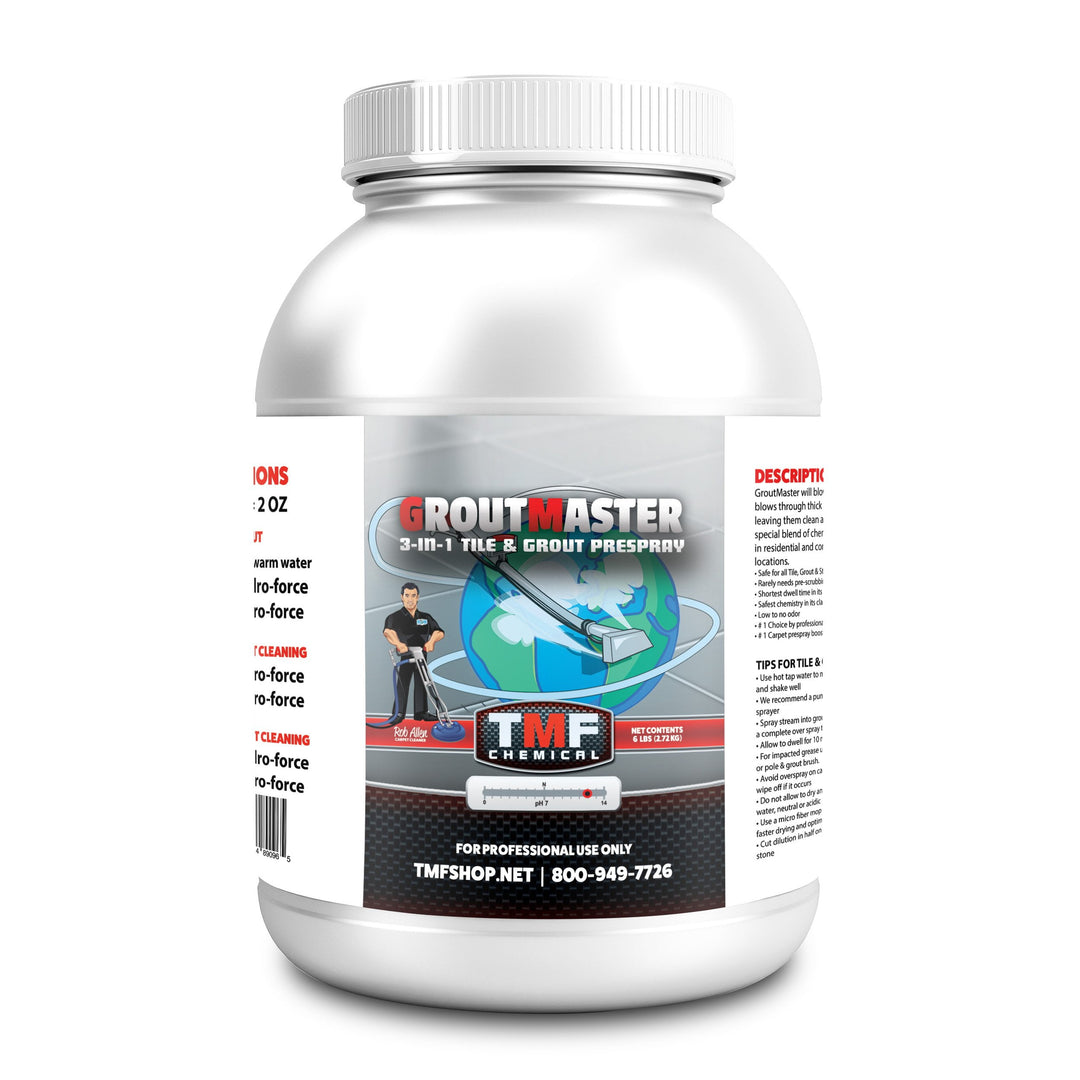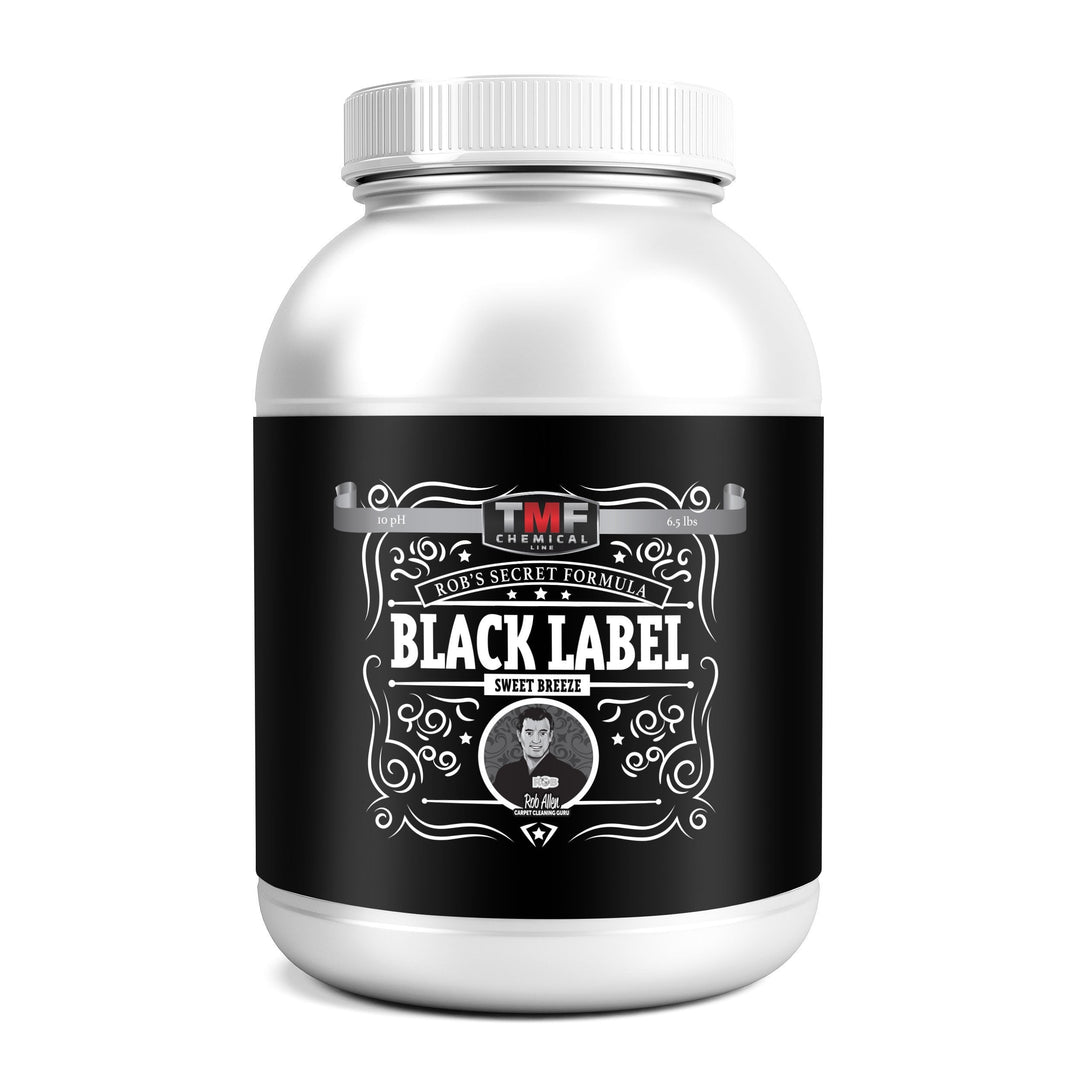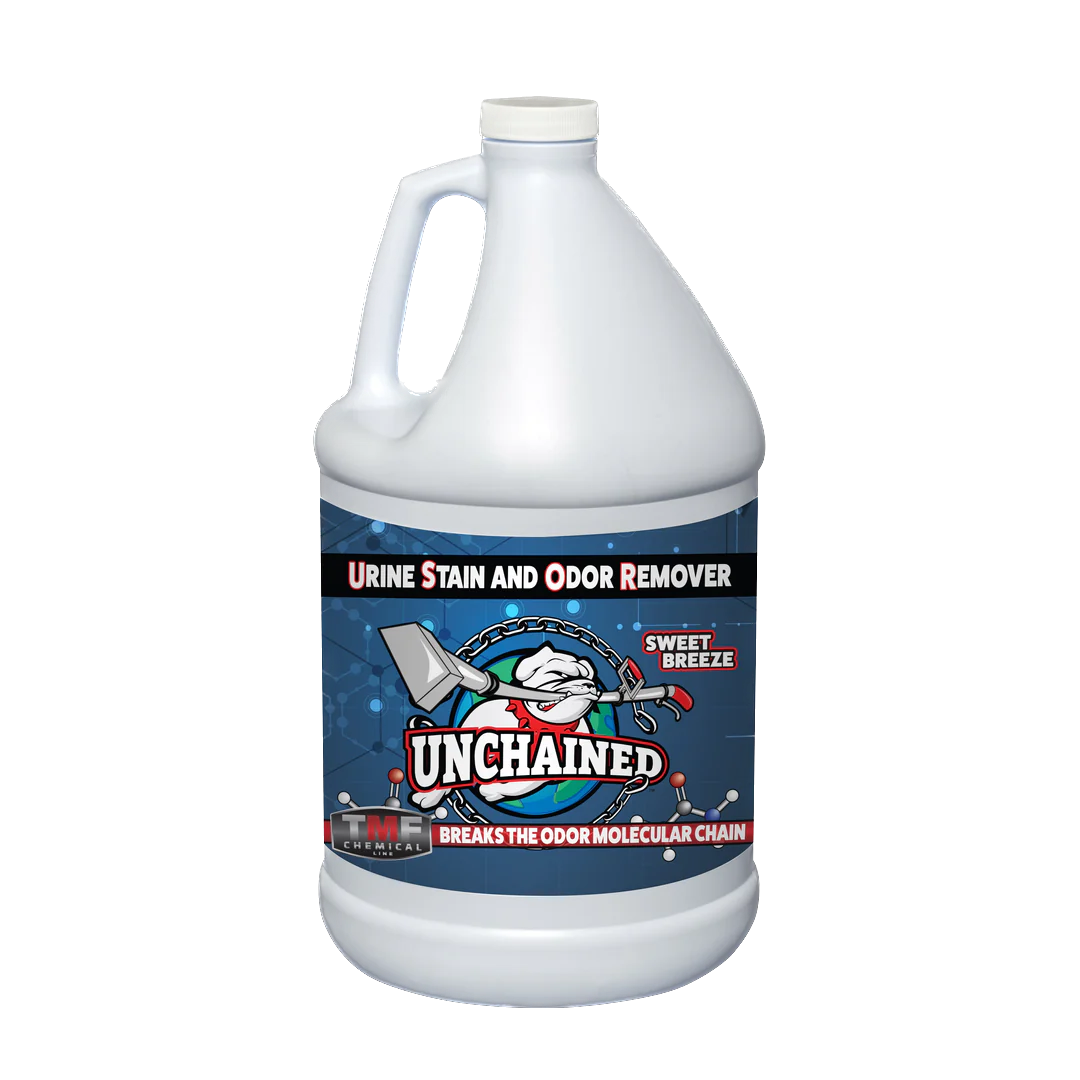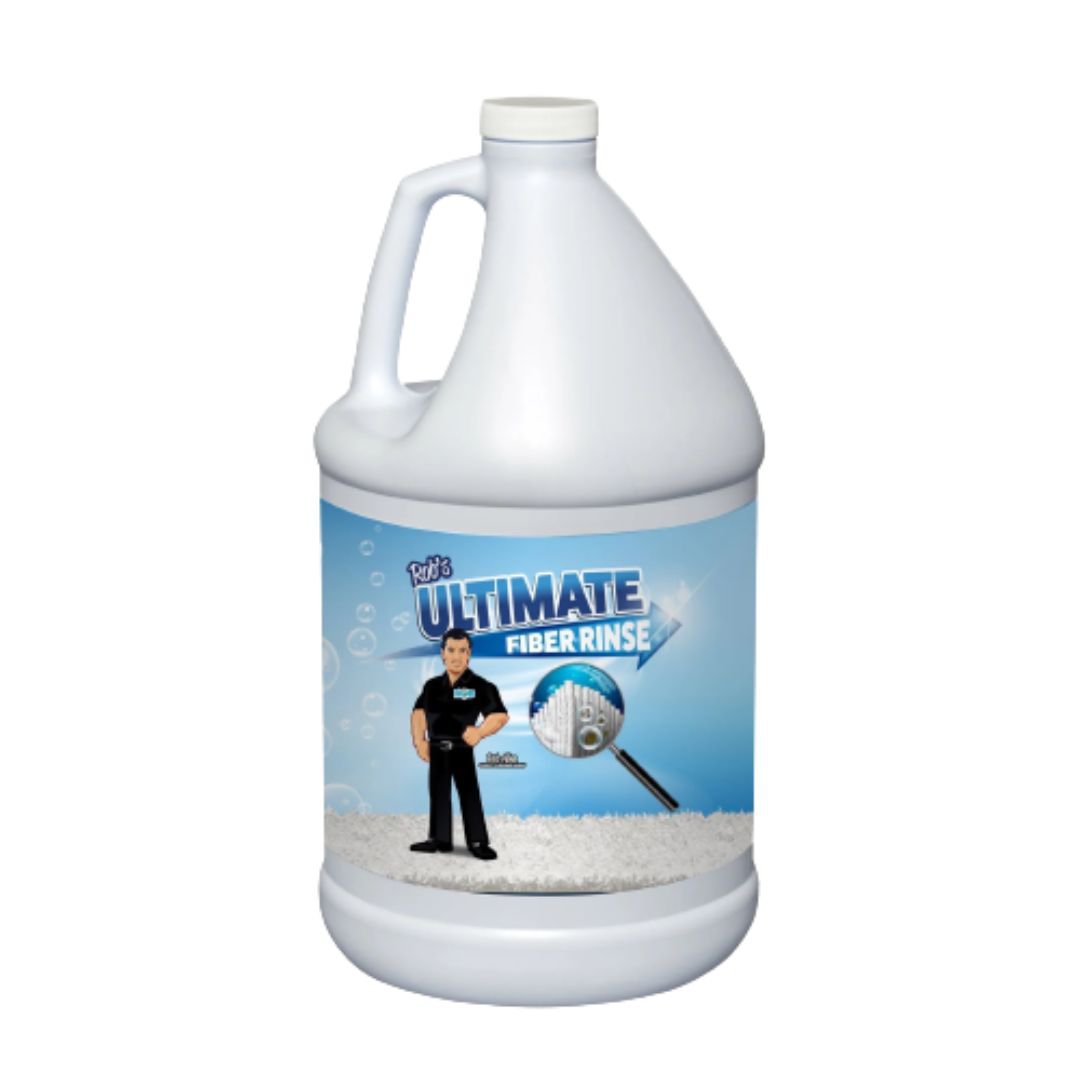How to Clean Porcelain Tile Grout
If you have porcelain tiles around the house, you may notice stains and mildew accumulate on the grout lines between the tiles.
Unfortunately, cleaning the surface area of the tiles is often not enough to reach the nooks and crannies of the grout layer. This is because the tiles sit higher than the grout.
In addition, grout is porous, which makes it prone to collecting dust, grime, and stains, but also a bit trickier to clean.
But with the right tips and tools, you can ensure your grout remains stain and mildew free. In this article, we will show you exactly how to clean porcelain tile grout.
How to Clean Porcelain Tile Grout
Step 1: Get Rid of Dust
Before cleaning porcelain tiles or the grout patches between them, you will need to get rid of the dust that has accumulated on the surface.
According to our cleaning experts, this can be difficult since a large broom or vacuum may not get into those hard-to-reach places.
For softer and more porous grout, such as sanded grout, we recommend a soft-bristled brush such as the TMF Grout Brush.
For more durable epoxy grout, you can opt for a hard-bristled brush (such as a Stainless Steel Grout Brush).
These are also great for cleaning unglazed tiles, which have the same uneven and porous texture as grout.
Follow the dusting with a good wipe-down before you commence cleaning.
Step 2: Decide On A Cleaning Method
Before you start cleaning, you will need to figure out your approach. This will influence the tools and products you use.
According to our research, if you are dealing with sanded grout, which is made from cement and used for larger surface areas, you want to avoid scrubbing the grout as this will lead to scratching. Unsanded grout is smoother and stickier than sanded grout, often used for smaller spaces, and is far easier to clean. Epoxy grout, an expensive type of grout used for bathrooms and kitchens, is also very easy to clean.
Unsanded and epoxy grouts can be cleaned with brushes, whereas sanded grout requires a microfiber cloth or a no-scrub approach.
Step 3: Choose a Cleaning Solution
In terms of the cleaning solution, you have a variety of options available to you.
Scrub Methods
Scrubbing methods are great for removing stains from porcelain tiles and grout but are not suitable for softer types of grout that are prone to disintegrating. Scrubbing is also your best bet for removing grout haze from porcelain tiles or removing wax from porcelain tiles.
When it comes to scrubbing your grout clean, our floor-cleaning experts agree that professional carpet and cleaning chemicals may be your best bet.
We recommend something like Groutmaster, which is a targeted solution to deal with grout stains and probably the best product to clean porcelain tiles and grout.
Simply dilute it according to the packing instructions and place it in a spray bottle. Then, spray it onto the grouted areas.
You can also mix two parts baking soda with one part water or two parts baking soda with one part vinegar. Alternatively, you can combine vinegar and warm water.
Non-Scrub Methods
If you want to clean the grout using a less abrasive method, you will have to make a paste.
As mentioned, our research suggests that this is the best method for sanded grout and also for older grout, which is prone to disintegration and damage.
To make the paste, mix a third cup of baking soda with a quarter cup of hydrogen peroxide. Alternatively, mix half a cup of baking soda with a cup of Epsom salts and a quarter cup of dish soap (this also works wonders for cleaning matte porcelain tiles).
Step 4: Clean
Scrub Method
If you use one of the cleaning solutions for the scrubbing method used above, grab a toothbrush, soft-bristled brush, or grout brush to clean the grout.
You can also enlist the help of a specialized cleaning tool such as a squeegee mop or a tile cleaning tool.
Place the cleaning solution in a spray bottle. This will avoid introducing too much moisture into the grout, which may damage it or cause it to disintegrate.
Spray it onto the grouted area. Leave it to work for a few minutes.
Then, take your brush and gently start scrubbing the area.
You can also place a mixture of 2 parts baking soda and 1 part water directly onto the grout and spray vinegar directly onto it.
This will cause it to bubble up and let the grime rise to the surface. Then, use a brush to scrub the area.
Non-scrub Method
If you are using a non-scrub method, simply apply a thick layer of your paste onto the grout.
Allow it to work into the grout for 15 minutes.
Then, use a cloth or sponge to remove the paste.
You should see the grime and dirt lift away along with the paste. Do not use paper towels or any other material that might disintegrate when getting wet. Microfiber cloths are probably your best bet.
Step 5: Deal With Stains and Mildew
After the initial cleaning, you may find some unsightly stains or mildew remains. In this case, you may need to turn toward bleach.
Mix one part bleach with four parts water and spray it onto the stained or moldy areas.
You can also apply undiluted bleach to the affected area and scrub it gently with a toothbrush.
After application, allow it to set for 30 minutes before scrubbing it further or working it in with a cloth.
Step 6: Finish up
After cleaning the grout, you will need to rinse it to get rid of any residual cleaning products. Do this using a damp cloth or placing water in a spray bottle to avoid introducing too much water into the grout.
Then, allow the grout to dry on its own (should take about 24 hours).
Conclusion
Mopping the floor is just not enough to ensure that your grout remains clean.
This is especially important for bathrooms and kitchens, where grout is likely to fall victim to mildew and stains.
Luckily, there are many ways to ensure you can clean your grout and keep it clean.
With this guide to cleaning grout in your back pocket, you will never have to worry about dirty grout lines again.
Did you find our blog helpful? Then consider checking other guides:
- How to Clean Outdoor Porcelain Tiles
- How to Clean Porcelain Tiles After Installation
- Can You Steam Clean Porcelain Tile Floors?
- How to Clean Porcelain Tile That Looks Like Wood
- How to Clean Polished Porcelain Tile
- How to Remove Odors from Wood Furniture
- How to Get an Alcohol Stain out of Wood
- How to Get Ink out of Wood
- How to Get Black Stain out of Wood
- How to Get Blood out of Wood
- How to Get Grease out of Wood
- How to Clean Ceramic Tile
- How to Clean Ceramic Shower Tile
- How to Clean Textured Ceramic Tile Floors
- Steam Clean Ceramic Tile












